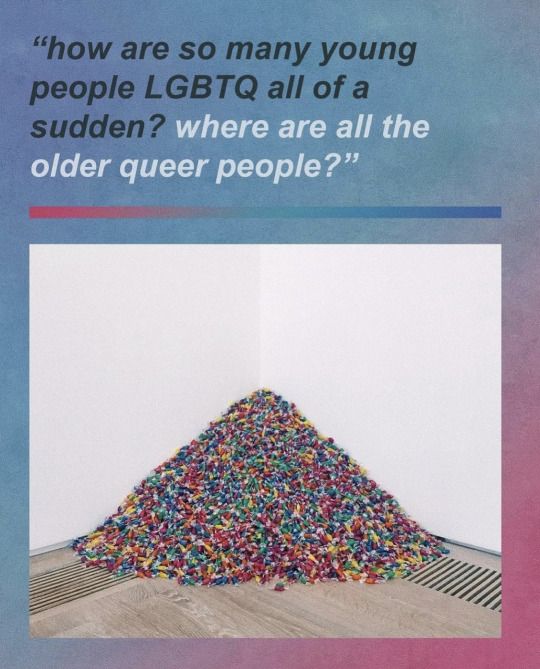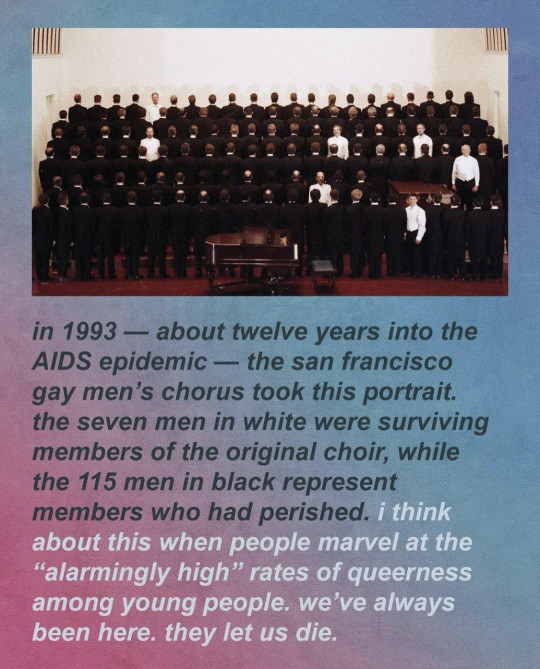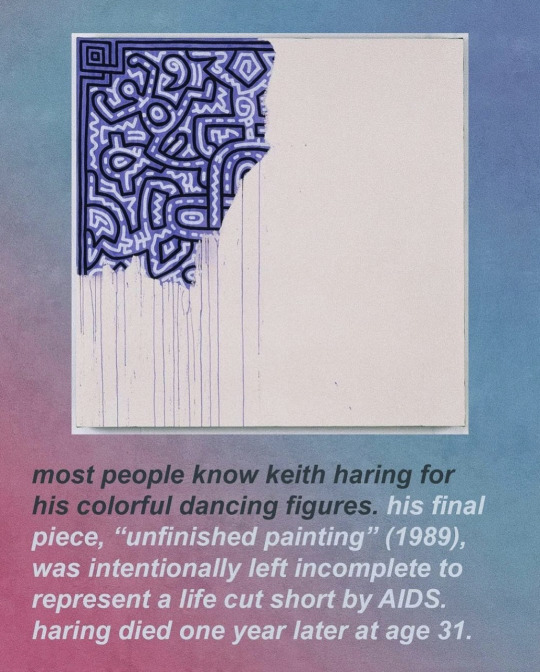Text
I saw someone compare my recent art to Alphonse Mucha and it hit me that for a lot of people he is the only slavic artist they know about, so I thought I’d use this opportunity to talk a bit about my actual inspirations : D
Lately I’ve been greatly inspired by Kazimierz Sichulski, Jan Rembowski and Stanisław Wyspiański, to the point of occasional imitation I admit.
Their art in order: Die Huzulische Madonna by Sichulski, Pochód Górali by Rembowski, Macierzyństwo by Wyspiański

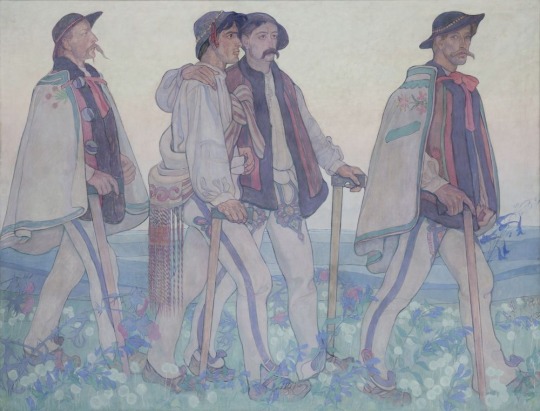

Occasionally you may see me reference Ivan Bilibin’s art, although it’s mostly when I want some particular piece to be instantly recognized as slavic by general audience :P

Another painter I look up to is Adam Styka, I’m not so much influenced by his art style but I adore the way he portrays comfortable interactions between people
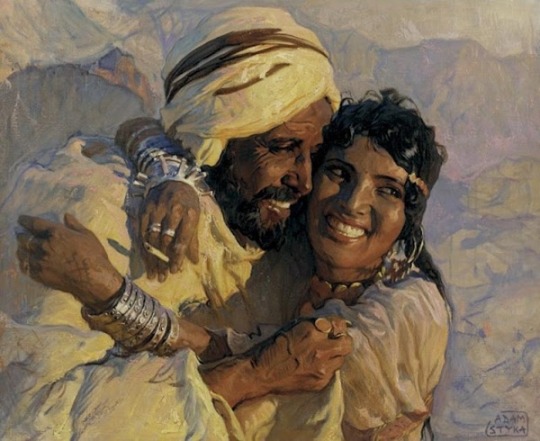
And lastly, I also enjoy looking at the art of Aleksander Augustynowicz or Wojciech Kossak, just to get a general understanding of “this is how artists handle painting people at rest, or people interacting with each other”

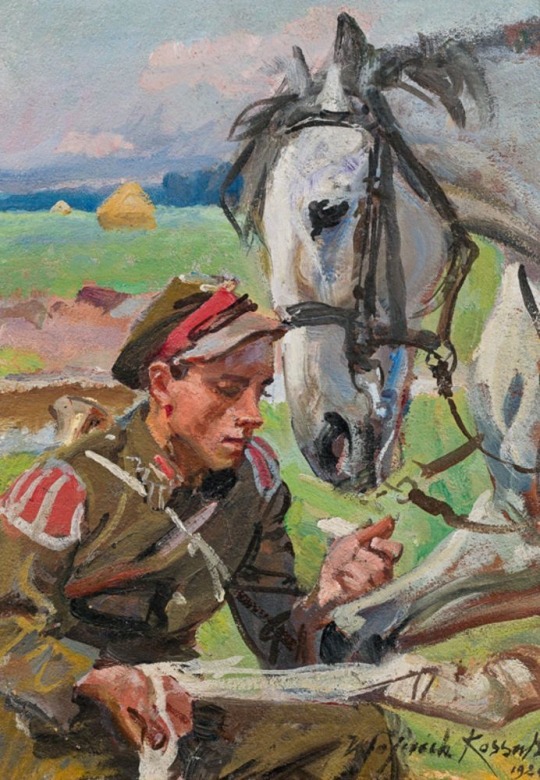
11K notes
·
View notes
Text
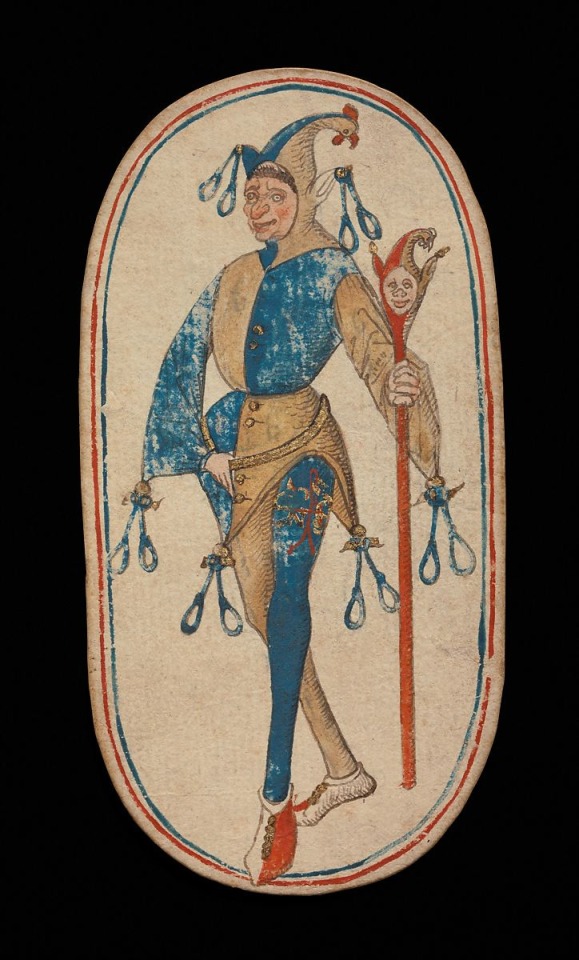
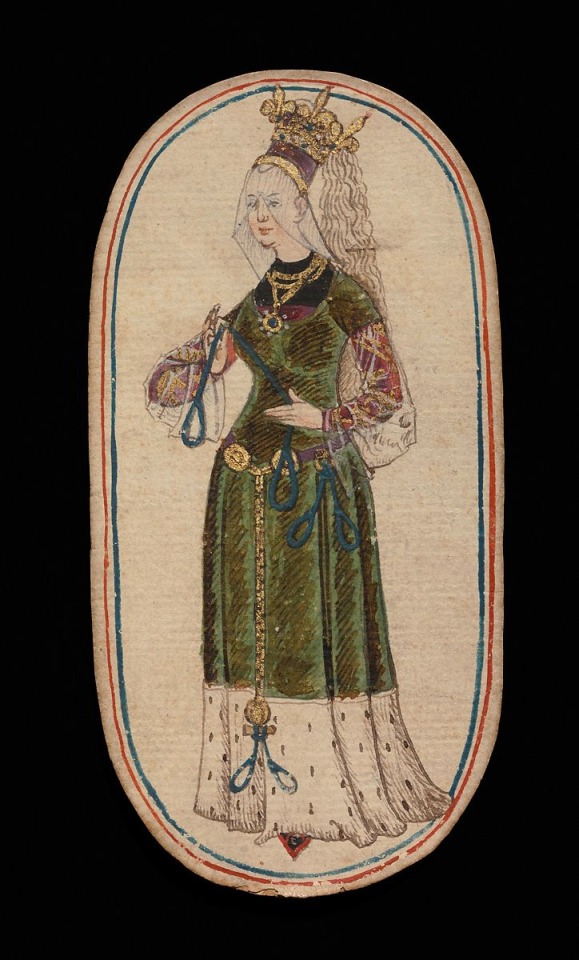


The Cloisters Playing Cards
ca. 1475–80
South Netherlandish
35 notes
·
View notes
Photo

The Chariot (Italy, circa 1450–1480) by Bonifacio Bembo.
Visconti-Sforza Tarot Cards.
Image and text information courtesy The Morgan Library and Museum.
522 notes
·
View notes
Photo
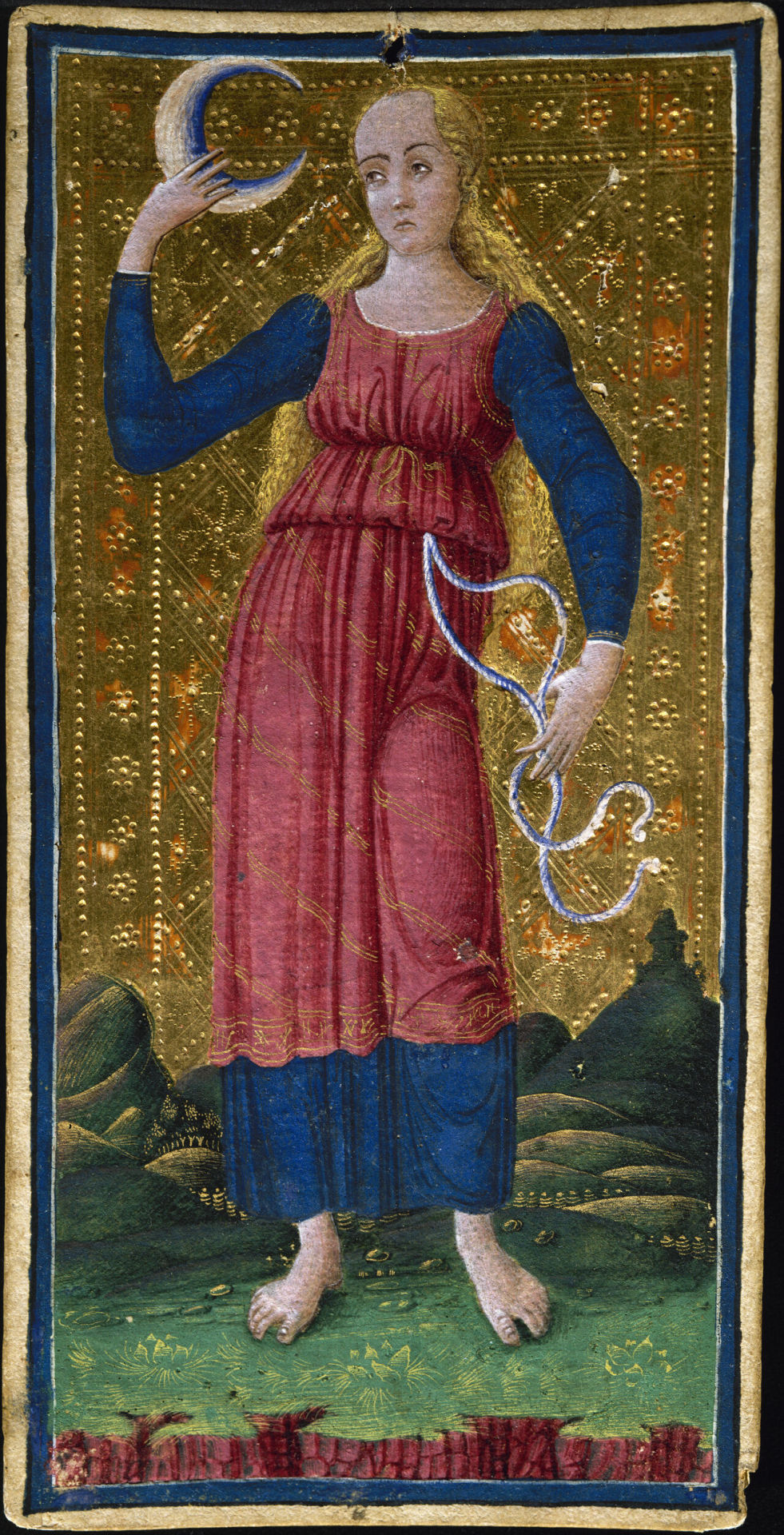
Bonifacio Bembo - Tarot Card. 1455 - 1460
324 notes
·
View notes
Text

Title: The Rest, portrait of Berthe Morisot
Artist: Edouard Manet
Date: 1870
Style: Impressionism
Genre: Portrait
41 notes
·
View notes
Text
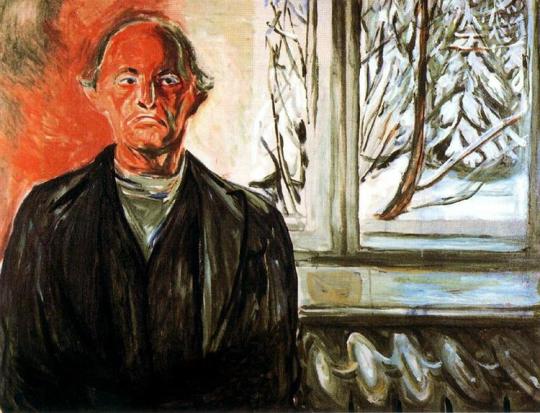
Title: By the Window
Artist: Edvard Munch
Date: 1940
Style: Expressionism
Genre: Portrait
42 notes
·
View notes
Photo
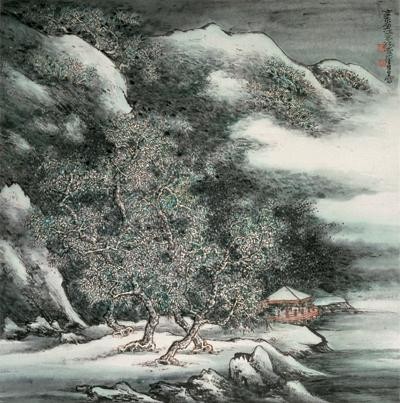
Chen Peiqiu, Winter Snow, 1991
11 notes
·
View notes
Text

The fighters, Philippe Magnier, 1684-1685, marble, Louvre museum.
3 notes
·
View notes
Text

Title: Race in Grandcamp
Artist: Georges Seurat
Date: 1885
Style: Pointillism
Genre: Landscape
20 notes
·
View notes
Text

Camille Pissarro - Haymaking (c. 1895)
6 notes
·
View notes
Text

‘Danaë’ by Gustav Klimt, c. 1907-1908.
559 notes
·
View notes
Text
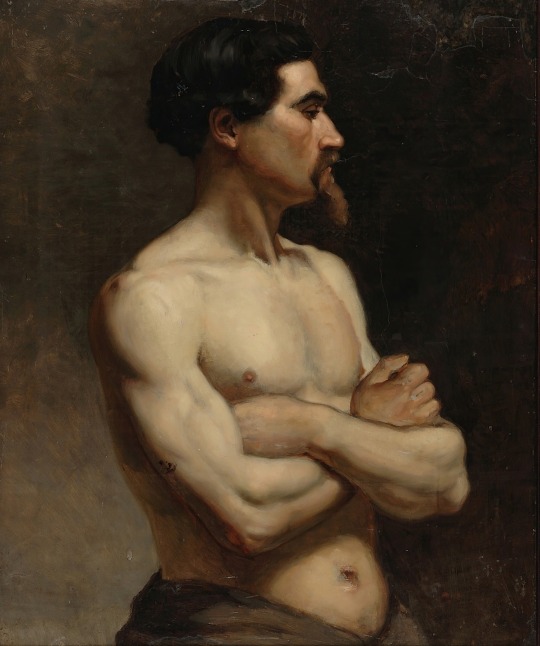
‘Male Model, Academy Study’ by Albert Edelfelt, c. 1874 - 1875.
122 notes
·
View notes
Text
Autorretrato con la Muerte tocando el violín.
Arnold Böcklin; 1872.

24 notes
·
View notes
Text
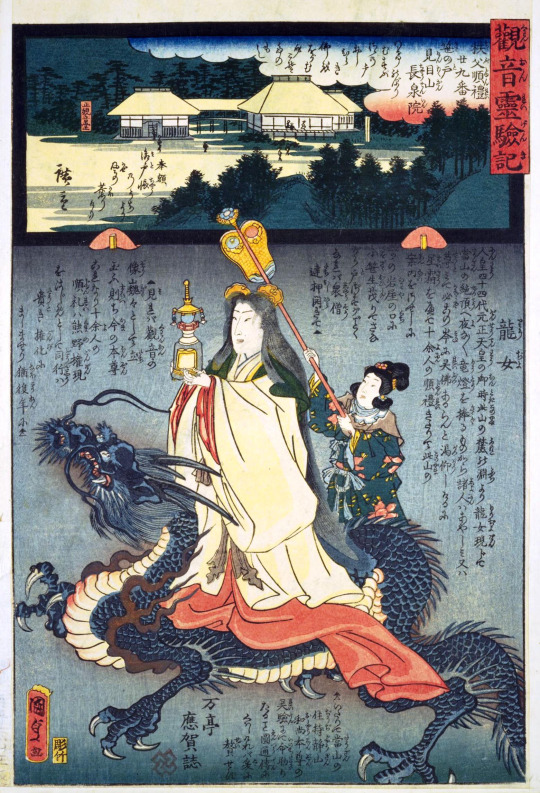
Dragon Woman during the Time of Empress Gensho, Kunisada, 1800
#⚜️.rb#⚜️.queue#kunisada#19th century art#japanese art#ukiyo-e#japanese woodblock print#woodblock print#edo period art#utagawa school
250 notes
·
View notes
Photo

The Thirteen Emperors, second half of the 7th century A.D.
Yan Liben (600–673)
Tang dynasty, China
Painting, colours on silk
51.3 x 531 cm (20 3/16 x 209 1/16 in.)
Museum of Fine Arts, Boston
University of Chicago, Center for Art of East Asia
Thirteen emperors from Emperor Zhaodi (94-74 B.C.) of the Western Han Dynasty (206 B.C.-9 A.D.) to Emperor Yangdi (569-618) of the Sui Dynasty (581-618) were illustrated in the painting. Each emperor is surrounded by several servants, making the total number of characters 46. There are texts next to each group of characters, stating the time span of the emperor’s reign and His Majesty’s attitude towards Confucianism and Taoism.
Normally, portraits of historical figures like this one were created for education and edification as opposed to appreciation. Therefore, the illustration of the 13 emperors was not based on objective reality, rather, a historical attitude towards these figures could be sensed. The accomplished kings such as the founder of a certain dynasty were depicted taller and bigger, with noble bearings, while those fatuous emperors in history such as those who led to the subjugation of their states look either dispirited or unfriendly.
It is believed that the original work is attributed to the heavyweight painter Yan Liben(601-673) of the Tang Dynasty (618-907), as, first, the last emperor of the 13 being one from the Sui Dynasty indicates that the painter is highly possible to be from the following dynasty which is Tang, and second, to illustrate the appearances and also convey the inner world of so many historical figures require exceptional skills which is out of the reach of common artists. It is Fu Bi (1004-1083), a famous prime minister of the Song Dynasty (960-1279), who first associated this painting with Yan Liben. History of changing hands of this painting has been in official record until it was looted and sold to overseas in the end of the Qing Dynasty (1644-1912).
Google Arts & Culture
7 notes
·
View notes
Text
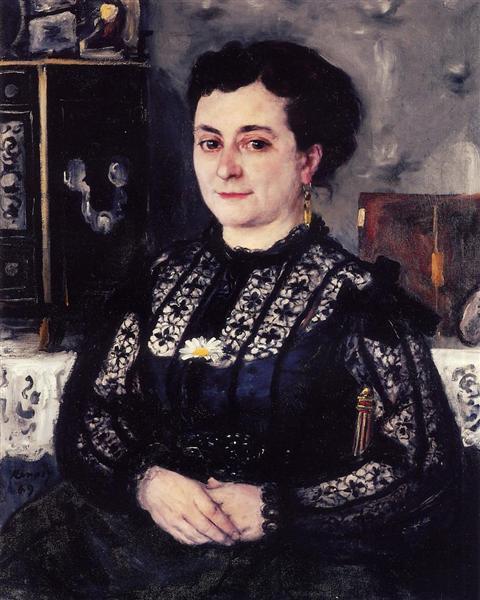
Title: Woman in a Lace Blouse
Artist: Pierre-Auguste Renoir
Date: 1869
Style: Realism
Genre: Portrait
18 notes
·
View notes


